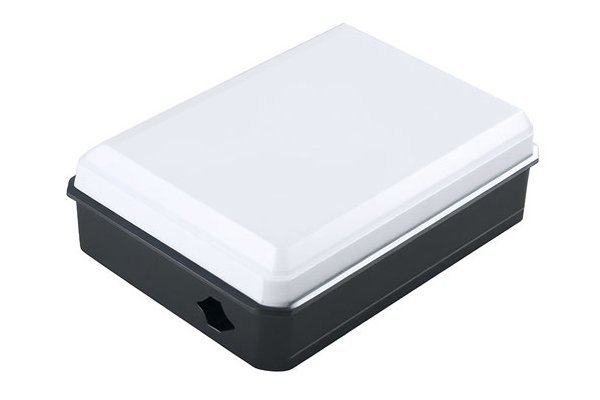Opening
Did you know that the global engineering plastic market is expected to reach $100 billion by 2026, driven by advancements in manufacturing technologies like CNC machining? The increasing demand for lightweight, durable materials is pushing industries to explore the potential of engineering plastics. However, machining these materials presents unique challenges and opportunities that require a deep understanding of machinability. In this blog, we will delve into the crucial factors that determine the machinability of engineering plastics in CNC machining and offer detailed solutions for improving machining processes.
Understanding Machinability in Engineering Plastics
Machinability refers to the ease with which a material can be machined to achieve desired dimensions and surface finishes. For engineering plastics, this concept becomes even more vital because these materials behave very differently compared to metals or traditional materials.
Key factors that influence machinability include:
Evaluating the Machinability of Different Engineering Plastics
To properly evaluate the machinability of engineering plastics, one must consider several critical parameters:
Understanding the physical characteristics of engineering plastics is fundamental to evaluating their machinability. Some of the most commonly machined engineering plastics include:
The performance of cutting tools significantly influences machining efficiency.
Choosing the right tool material based on the type of plastic being machined is crucial for achieving optimal results.
Each engineering plastic has a unique set of optimal cutting parameters. A few general guidelines include:
Effective cooling and lubrication are essential in CNC machining, particularly for engineering plastics that can generate significant heat during cutting.
Optimal part design can greatly affect machinability. Key considerations include:

Solutions for Common Machining Issues
When machining engineering plastics, various issues may arise that can compromise the quality of the finished product. Here are some common problems and their solutions:
Problem:
When machining plastics, the heat generated can lead to melting, causing deformation and poor surface finish.
Solution:
To combat this, use lower cutting speeds, apply sufficient cooling, and select sharp cutting tools to reduce heat buildup.
Problem:
Certain plastics lead to rapid tool wear, reducing machining efficiency.
Solution:
Selecting the right tool material and geometry is critical. Regularly inspect and replace worn tools to maintain machining quality.
Problem:
An inadequate surface finish may result from incorrect speeds, feeds, or tool conditions.
Solution:
Optimize cutting parameters based on the specific engineering plastic being used and conduct trial runs to fine-tune settings.
Problem:
Thin-walled components may deform during machining due to stresses.
Solution:
Utilize fixturing techniques that support the part adequately and avoid high cutting forces that can lead to deformation.
Problem:
Lubricants or coolants can leave residues on parts, affecting performance.
Solution:
Ensure that any chemicals used during machining are suitable for plastics and clean parts thoroughly post-machining.
Evaluating the machinability of various engineering plastics in CNC machining is a complex yet vital process for ensuring high-quality production. By understanding the intricacies of material properties, choosing appropriate tooling, and effectively managing cutting conditions, manufacturers can enhance their machining capabilities significantly.
In a world where the use of engineering plastics is proliferating across multiple industries, optimizing their machinability opens pathways to innovation and efficiency. This blog serves as a reminder that as technology advances, the techniques and considerations for machining these materials will evolve, demanding continuous education and adaptation from professionals in the field. Understanding and applying the knowledge we’ve covered not only facilitates smoother machining operations but also fosters a deeper appreciation for the potential engineering plastics hold in modern manufacturing.
Stay informed and engaged, as these insights are crucial for maintaining a competitive edge in an ever-evolving industry landscape.






